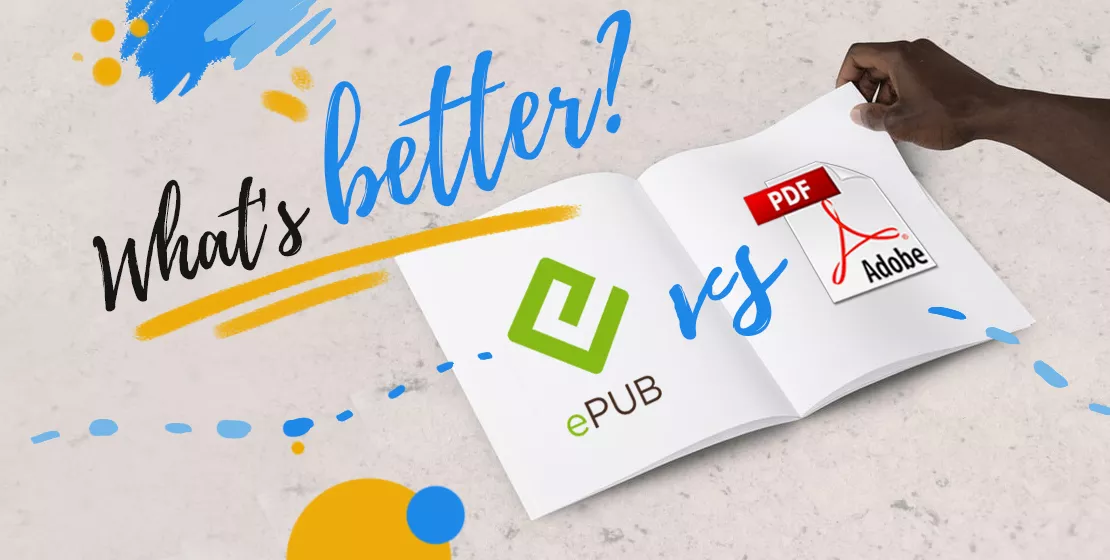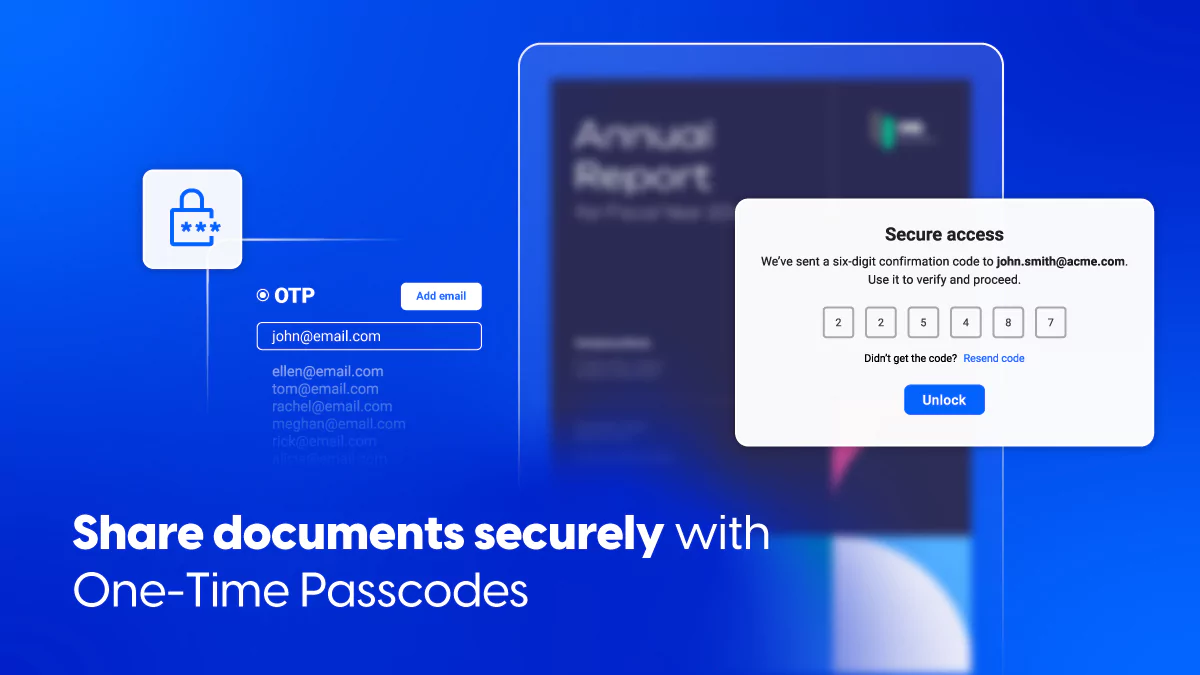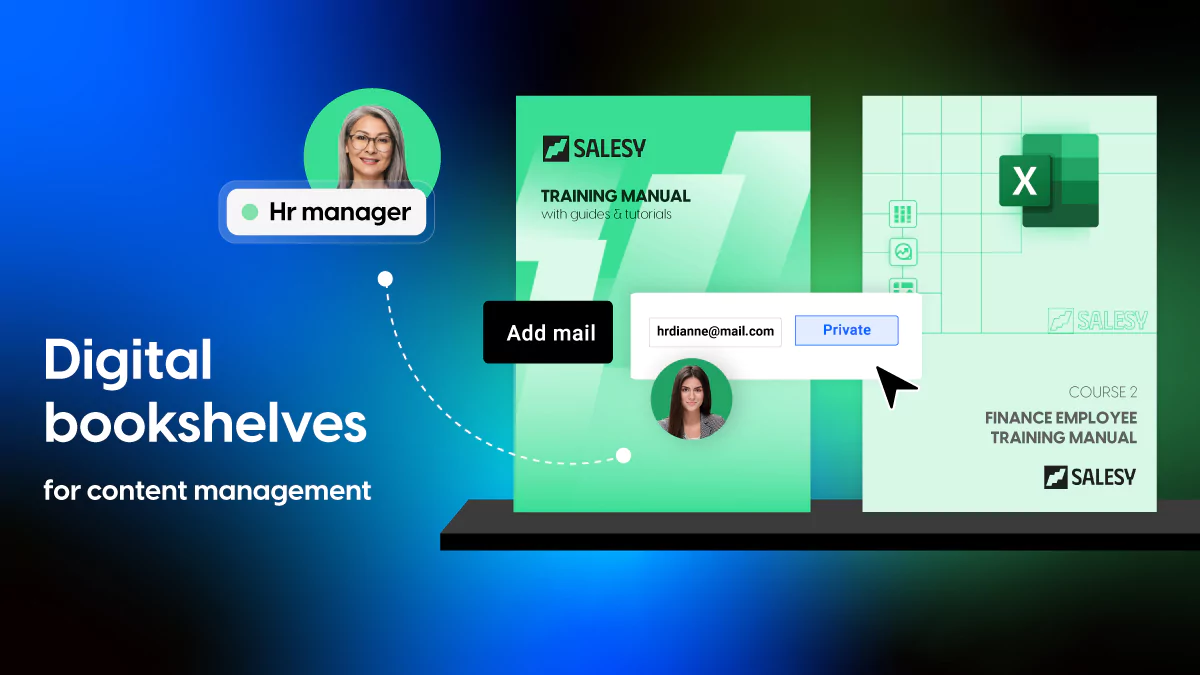PDF vs EPUB: What’s best for magazines?
There are quite a few different file types out there, so how do you know you’re using the right one? To be honest, there are many factors, but today, we’re going to be focusing on EPUB vs PDF.
Believe it or not, there are several factors that play a part in choosing between EPUB vs PDF. In many cases, one should definitely be used over the other. But can you guess which cases? Luckily, you don’t have to guess anymore. Just keep reading, and your digital publications will be running like clockwork in no time.

What is EPUB?
Before we can compare EPUB vs PDF, we have to understand what EPUB actually is. EPUB is a file format made specifically for e-books. It has the .epub file extension and it’s fairly new to the online publishing world. Typically speaking, the EPUB file extension is used primarily on smartphones and tablets.
In fact, the .epub extension was designed specifically with mobile readers in mind. Because of its interactive XML format, it’s perfect for mobile devices. It doesn’t matter the shape or size, the .epub file extension will work fairly flawlessly on any and all mobile devices.

Pros and cons
Unfortunately, like most things, there are a few pros and cons to the .epub file extension. Although it is a great choice for mobile devices, EPUB is not always the most ideal choice. But let’s not get too far ahead of ourselves, let’s start with the pros of using an EPUB vs PDF:
- EPUB is written in XML and XHTML. This means that it works well with most software.
- As I mentioned earlier, EPUB is flowable, which means that it adapts to all screens.
- The reader of an EPUB file can change the font and size of the text they’re reading at any time.
- It’s quite easy to add accessibility features to EPUB.
Now of course, depending on your specific needs, there could be more pros. But, at the same time, there could be more cons. So, let’s talk about a few of those, too:
- If you want to edit an EPUB file, you will absolutely need some knowledge of HTML, XML, and CSS coding.
- Although EPUB is quite a useful format, it is still fairly new. Most people still revery to PDF. This means that .epub extensions may not be preferred.
The takeaway from this? Well, to be honest, it’s up to you. In most cases, I would say that .epub is probably best for mobile devices. However, depending on the purpose of the file, it may be advised to use PDF instead.
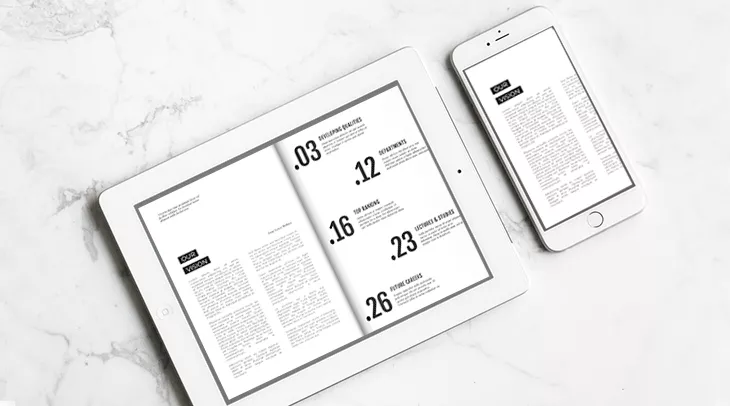
When to use EPUB
Okay, so we talked about of few good instances when .epub files should be used, but it goes a little deeper than that. Don’t worry, we’re going to go over the finer details now.
In truth, .epub files allow readers to interact a lot more with online publications. Seeing as the file itself was made specifically for readers on mobile devices, it makes it the ideal format to provide an authentic reading experience. Certainly in the argument of EPUB vs PDF, .epub is the best format for this case.
Although people often read e-books for the convenience, there’s just something special about the smell of the pages as you flip through a nice hardcover book, and feel each page slide across your fingertips.
Although you won’t be able to replicate the smell of the pages, you can most certainly give the readers that page flipping feel, and the .epub file extension is great for that.
Aside from the page flipping feel, .epub allows you to add lots of things to help with the interactivity of your online publication. Plus, they’re constantly being updated to allow even more.
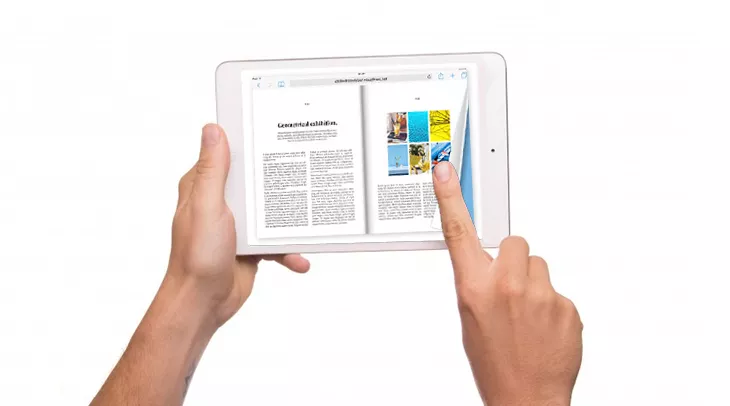
When to use PDF
Now that you understand the significance of EPUB, it’s time to talk about its rival: PDF. For a long time now, PDF file extensions have been the go-to for pretty much everyone. It’s quick and simple, which makes it ideal for most people to use. For the most part, I think we’re all pretty familiar with PDF. It wasn’t until very recently that the whole EPUB vs PDF argument even came up.
But, what’s the benefit of using a PDF over EPUB? Well, to be quite honest, we can see the biggest benefit just above. PDF is very universal.
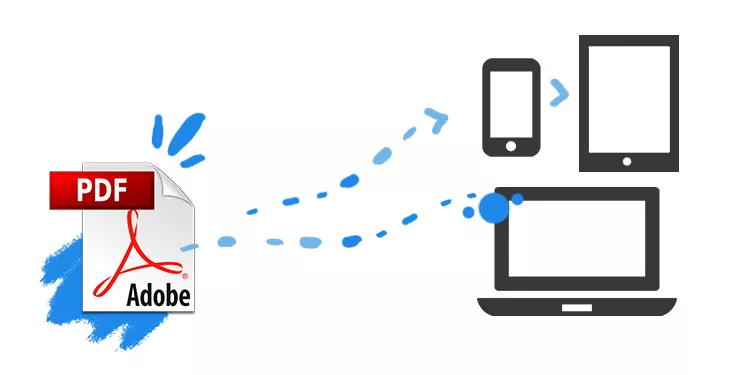
I would say that the best time to use a PDF over an EPUB is for important business documents. They’re completely customizable, which means you have control over everything. From a business perspective, this means you can make notes and change the document easily if needed.
PDF is the ideal format if you’re wanting to print your publication. Since a PDF remains the same no matter what device it’s seen on, it will remain the same when printed, too. Perhaps this is why the PDF is so universally accepted.
Although all of that sounds great, the biggest fault to the PDF is that it’s not flowable like EPUB. For an e-book, that’s not necessarily the worst thing in the world, but it most certainly is a negative point. And although you can make PDFs interactive to an extent, by turning the pdf into an online flipbook, you simply cannot customize a PDF like you can with an EPUB.
The conclusion
What can we take away from this? There’s a lot to know when it comes to EPUB vs PDF, so let’s summarize:
- EPUB is fairly new to the game. Although it takes a lot of coding knowledge to edit, it has quickly become the go-to method for a lot of e-book publishers. It’s interactive, which means that the readers can benefit from rich content.
- PDF was created by Adobe Systems in 1993, and has been the leader in file formats ever since. It’s great for quick and easy customization, which makes it ideal for business documents.
Luckily, there’s a much easier way to get content to your readers than having to worry about file formatting. The answer is Flipsnack.
Flipsnack is an easy to use, drag-and-drop style e-book creator that makes short work of all your worries. Simply log in and start creating.
We also have loads of free templates to help get you started. Anything from business brochures to scientific magazines can be found in the template section.
